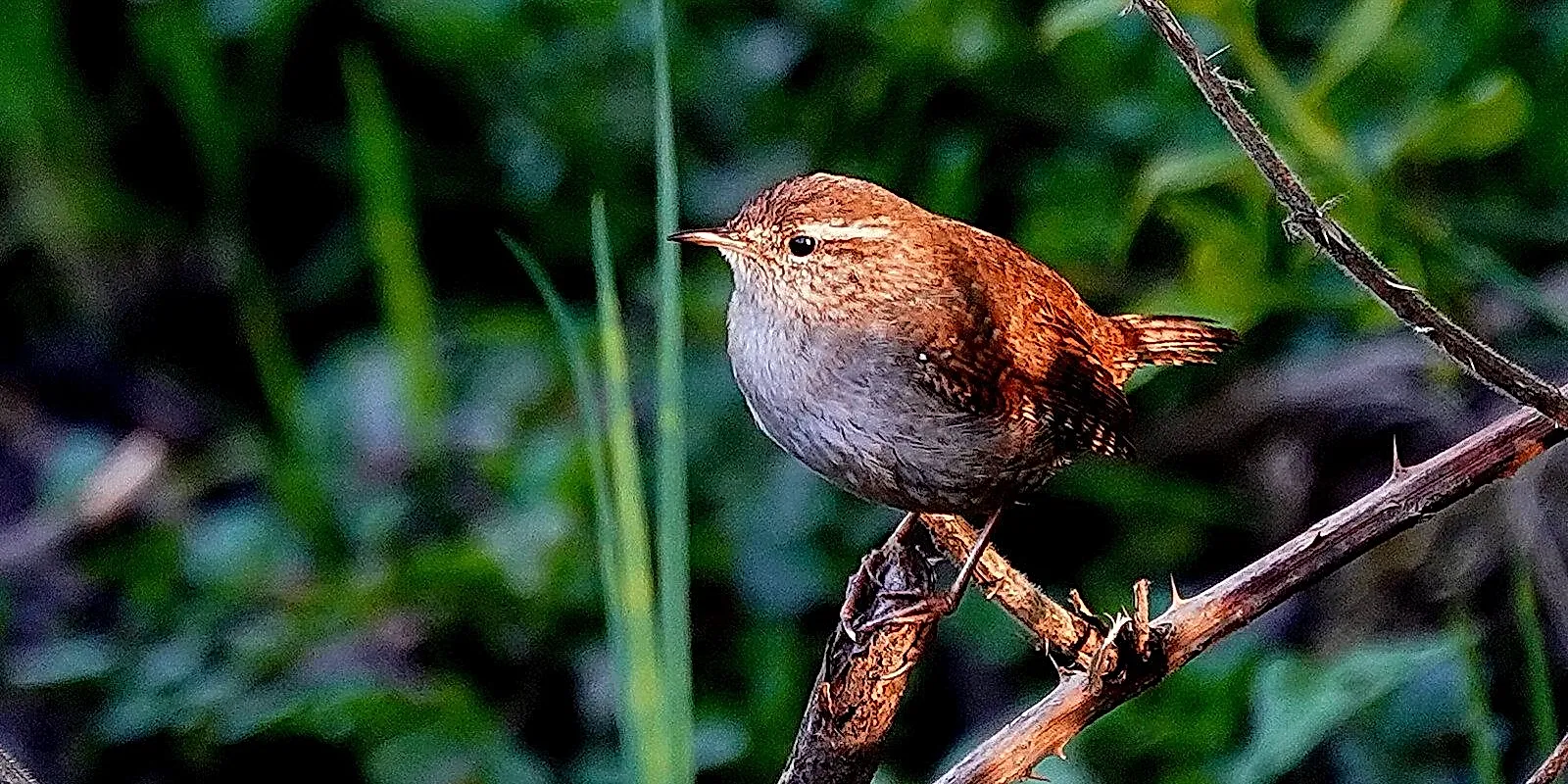
The wren’s nest
I keep the wren’s nest on my desk to remind me that I will never attain perfection. We found it during a ‘wood walk’; our daily search for kindling through the woods and along the back lanes. When we reached up for a dry, broken, ivy-wrapped branch, the empty nest bounced onto the ground.
I picked it up, coveting its simple, natural beauty. But taking it home would be wrong, like stealing from nature. So I hid it in the branches of another tree. And whenever we passed I would look at it, relieved it had not been found.
The nest remained propped up in its new home. It survived the early December rain that flooded fields and villagers’ vegetable gardens; the gale-force winds that blew over buildings and trees and caved-in roofs.
In February, Poitou Charentes disappeared under a blanket of snow. We made it out of the village once in seven days, towed out of the drive and up a slope by a neighbour in his Land Rover.
Later, I took the nest from the tree, slipping it into a plastic box, snapping the lid tight.
The nest is barely three-and-a-half inches wide, scraggly slips of dried grass and hay; tiny clumps of moss and oak leaves.
I look at this abandoned little home as it sits in its own ugly, man-made home - an airtight safehouse protecting it from all that it survived.
Shutting it in plastic feels like a betrayal, but I couldn’t bear for it to fall apart.
It tells me however much I strip away, however spare my efforts, they can only ever appear contrived.